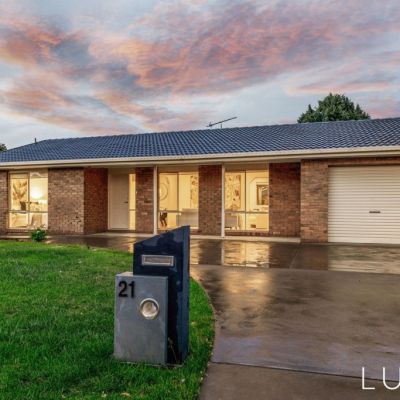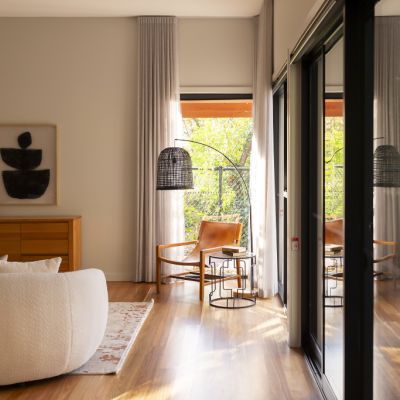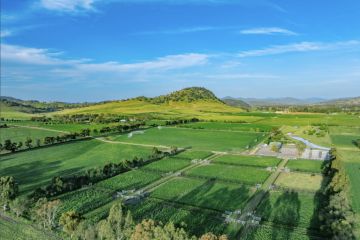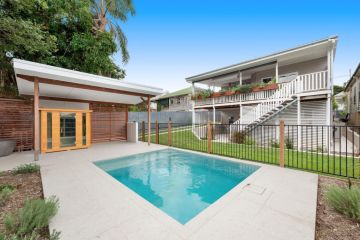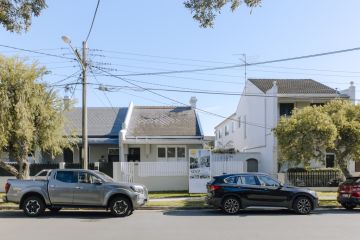What's drawing more Canberra families inland to discover a taste of the country lifestyle?

A line in everyone’s favourite baseball movie, Field of Dreams, goes something like, “Build it, and they will come.”
While Kevin Costner might have been referring to the idea of a baseball diamond in his cornfield and the ghosts of some of the game’s greatest players, it’s not too much of a stretch to apply the same thinking to the Barton Highway duplication and what it means for towns between Canberra and Yass.
Back in 2017, the federal and NSW governments committed $200 million towards the upgrade of the highway – $150 million from the federal purse and the remainder from the NSW government.
The project was split into five stages; stage one, a seven-kilometre stretch from the ACT border to south of Kavenys Road, was completed in early 2024.
Eventually, the project will see the highway duplication bypass Murrumbateman, with a dual carriageway all the way out to the intersection with the Hume Highway.
For years, the two-lane highway has faced increased traffic, safety concerns and the rising demand for the daily commute as more people move to the region.
It’s estimated that nearly 13,000 vehicles use the 52-kilometre road daily.
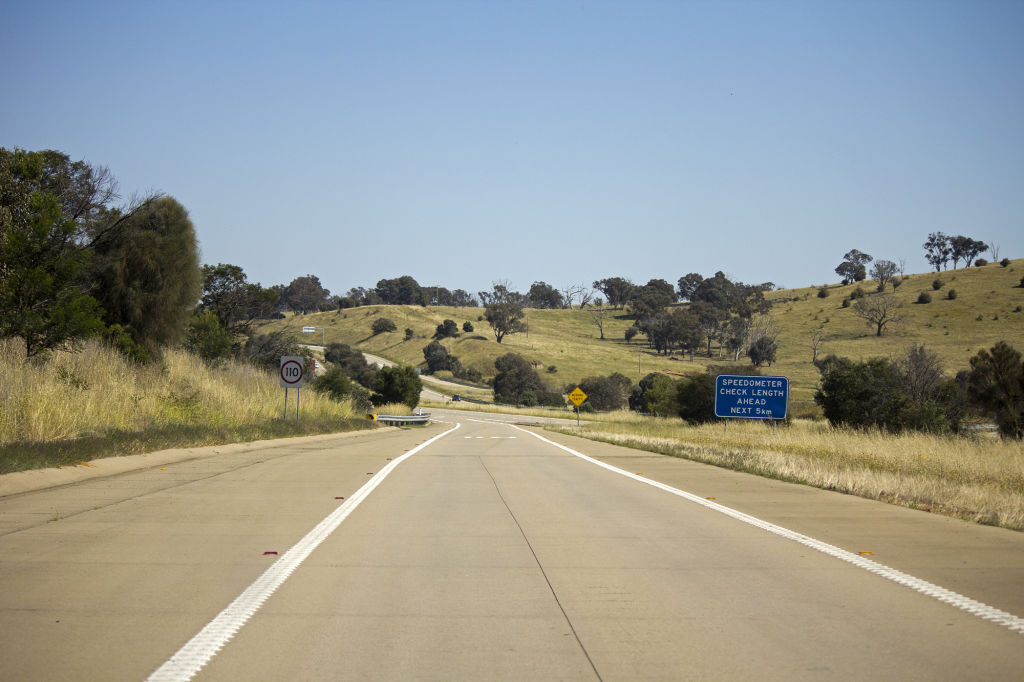
With population growth in the area, it’s expected that by 2037, that number will rise to 21,000 a day.
George Southwell and his team at Ray White Rural Canberra and Yass have analysed what the duplication means to the region in a white paper that outlines not only its impact on property prices but also on economic growth for the whole area.
“Key industries, including agriculture, construction and tourism, are expected to experience increased efficiency and growth due to improved road conditions and reduced travel times,” Southwell says.
“The upgraded highway will attract more visitors to the region, boosting local tourism. The appeal of shorter travel times and safer journeys is expected to draw more city-dwellers for weekend getaways, which will benefit local businesses.”
Southwell predicts that property markets in Murrumbateman, Yass and surrounding areas are poised for growth as connectivity improves.
“Bypassing heavy traffic will make these towns more attractive for new residents commuting to the capital, driving demand for housing and leading to a rise in property values,” he says.
Between 2019 and 2024, the median house price in the Yass Valley jumped by close to $300,000, from $579,000 to $867,500. That presents an increase of 49.8 per cent in the past five years.
“We’ve got this area, no more than 45 minutes from the centre of our democracy, where we can purchase homes on large blocks in Yass, say, for less than a million dollars and acreage in places like Murrumbateman and Sutton for less than $1.5 million,” Southwell explains.
He says it’s the ideal region for those looking for that lifestyle change.
In the white paper, he refers to statistics from the Regional Australia Institute that show about one in five city dwellers think about leaving the metropolitan area in favour of regional living. This suggests that population growth in regional areas will continue in the long term.
Sam and Lauren McGregor of Windrose Property live in the region with their young family on four hectares on the Canberra side of Yass.
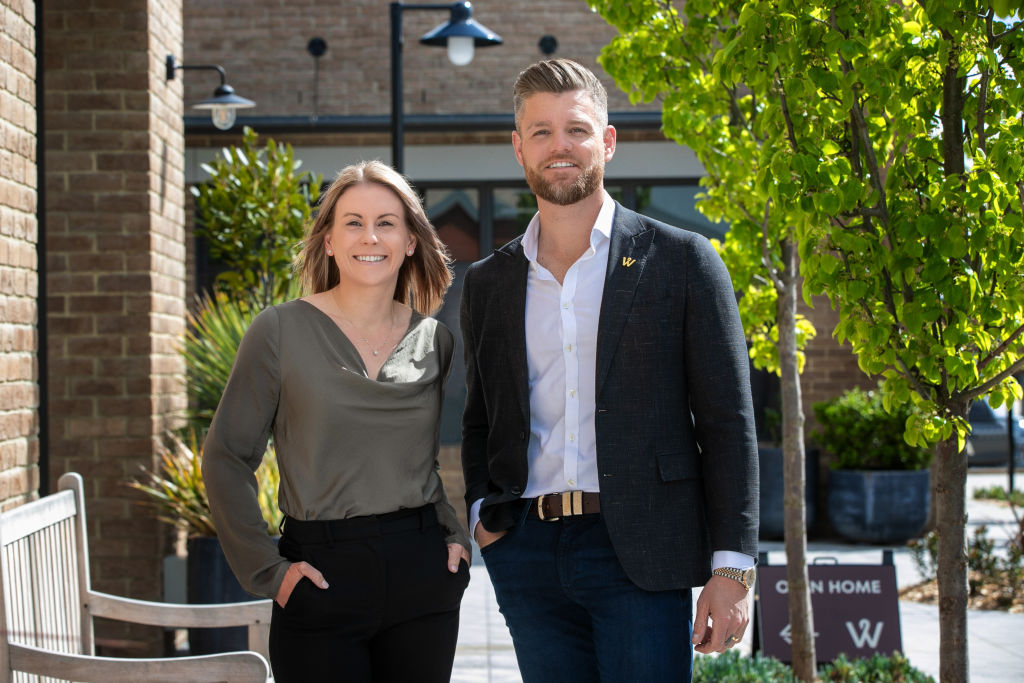
“We moved out here about 11 years ago, we just wanted that rural lifestyle, room for a horse,” Sam McGregor says.
“We didn’t have kids then, but we knew it would be a good place to raise them. Enjoy country life but with access to Canberra when we need it.
“I’m seeing that same kind of thinking in people who want to live out here now, people who want a few acres, not so many neighbours, and that feel of a slower pace when you get home.”
It’s not only people after acreages who are looking in the area. Large residential blocks are being released in places such as Murrumbateman, which is opening the region to young families, for example, who might be priced out of the country market.
“I get a lot of people say to me, ‘Sam, we’re early in our search, we’re looking for a couple of acres out of town, we’re looking at Carwoola, Burra, Sutton and Murrumbateman, but why should we take Murrumbateman seriously?’” he says.
“But think about it. If $200 million has been invested by the government to duplicate the road, then they’re going to want to see significant investment in housing, amenities, schools, shops … all that will come. The new Murrumbateman Primary School is just the beginning!
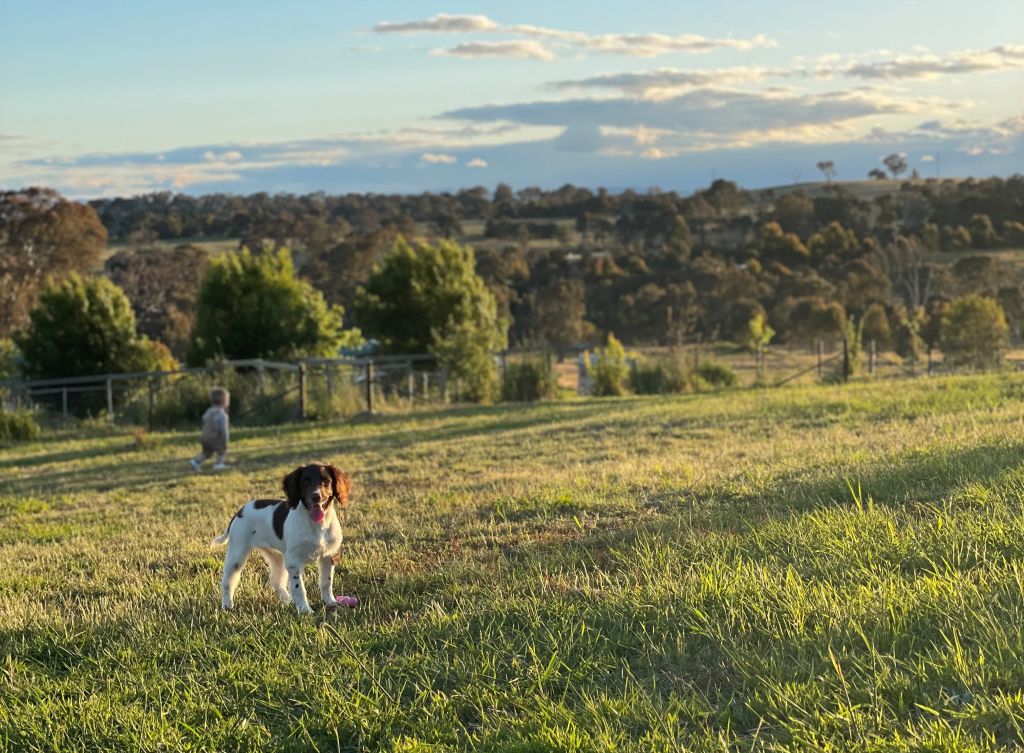
“It’s rare to be able to say a suburb is getting close to a capital city but that’s what’s happening out here.”
Although, it’s not too close.
There’s nothing that McGregor loves more than the drive home after work.
With the initial duplication now finished, he’s in the door from the city in about 20 minutes.
“Now that drive is a necessary part of my day,” he says. “I can detach from work, decompress, and be focused and ready for the family when I get home.”
Country living
We recommend
States
Capital Cities
Capital Cities - Rentals
Popular Areas
Allhomes
More
